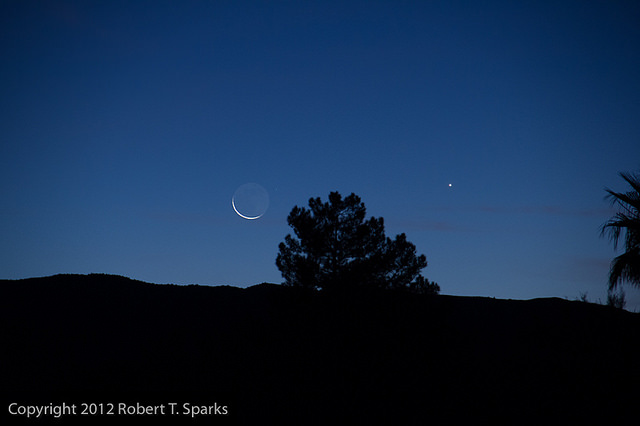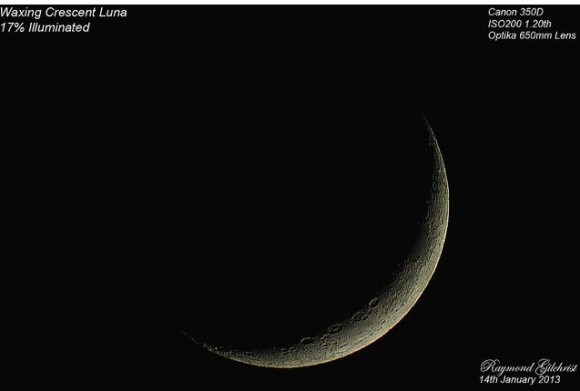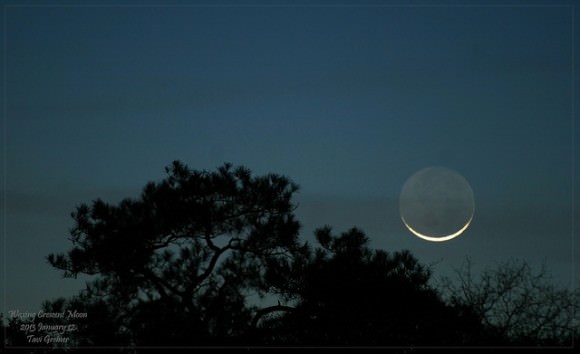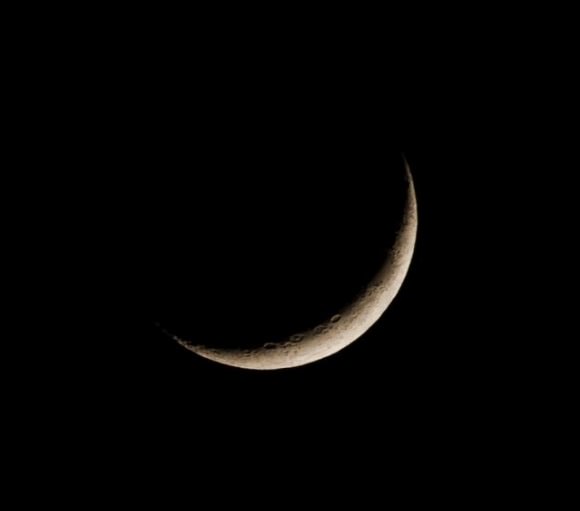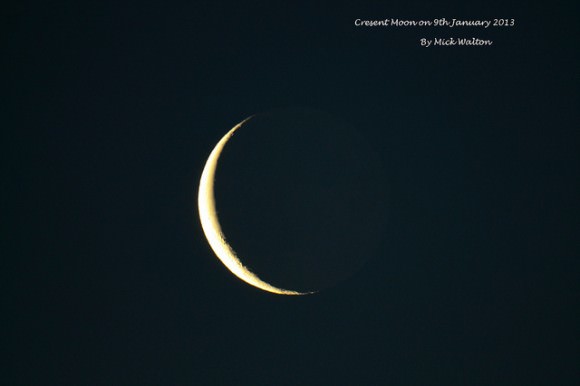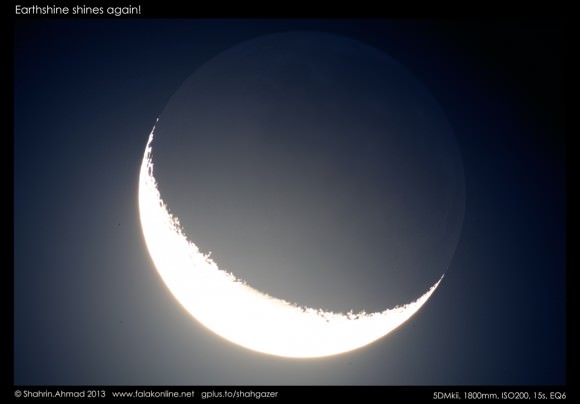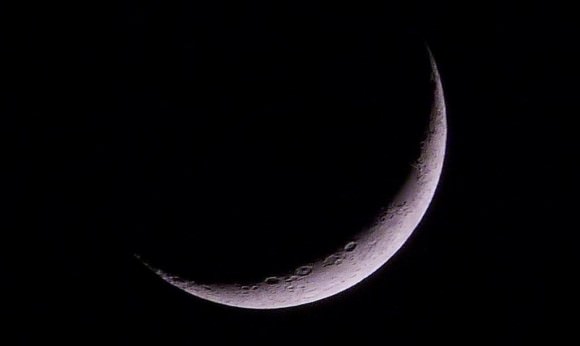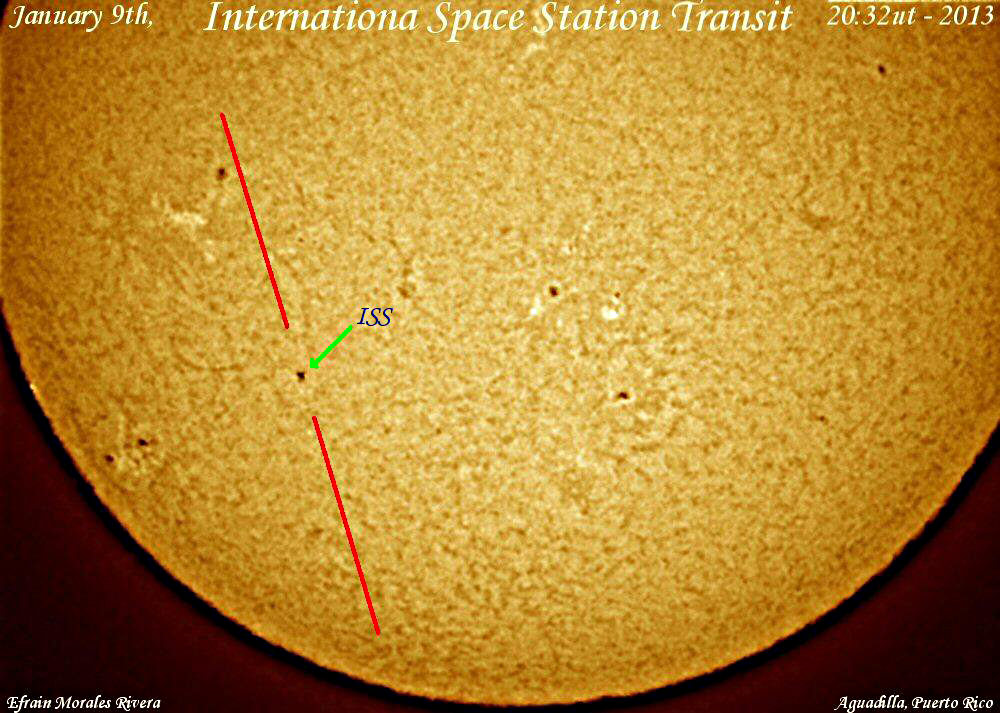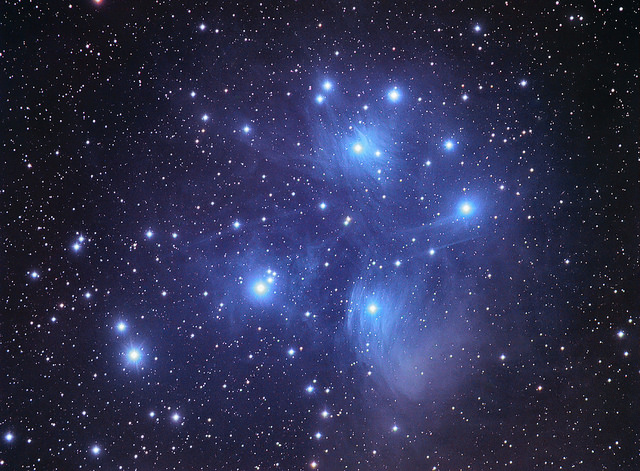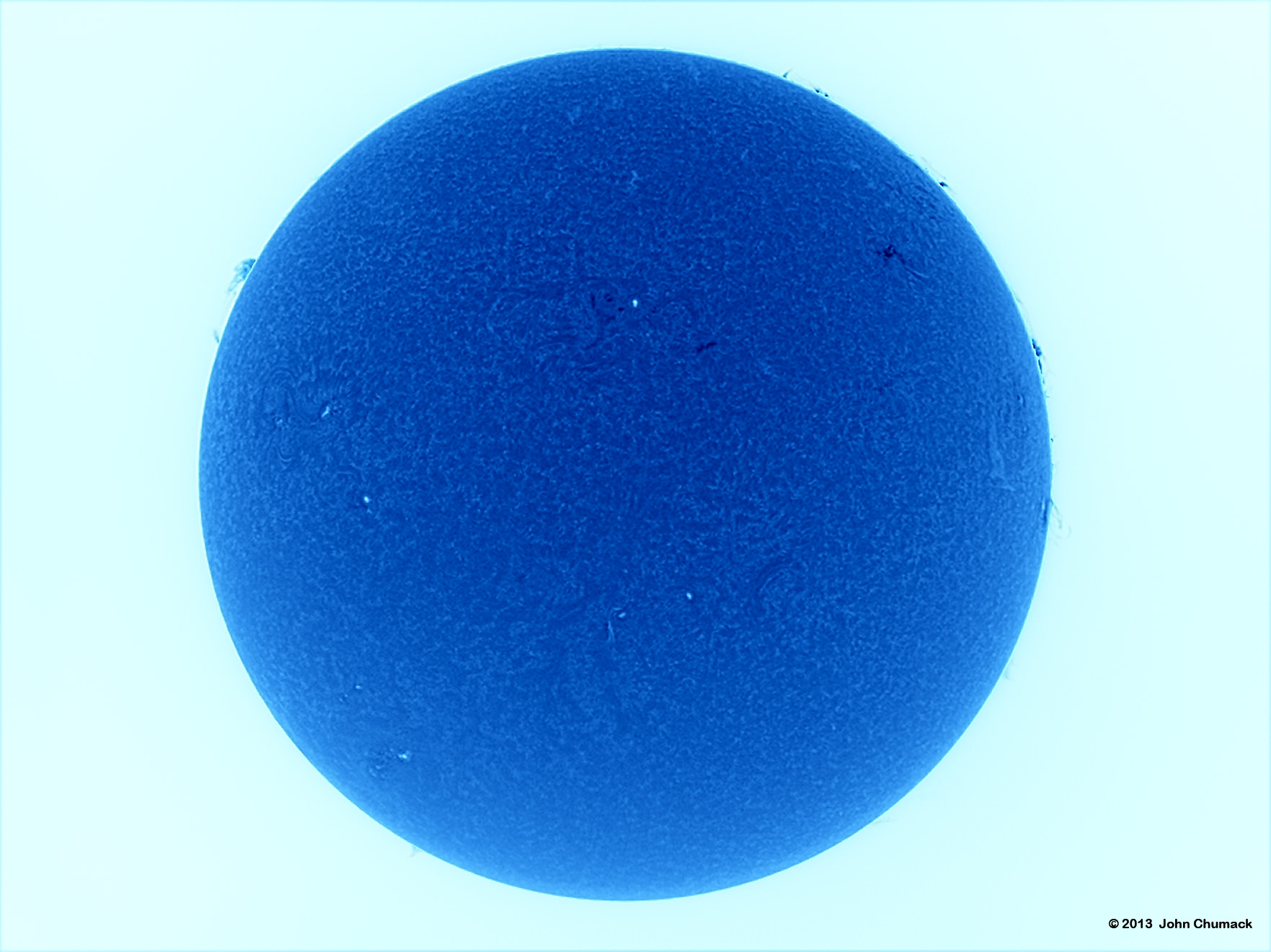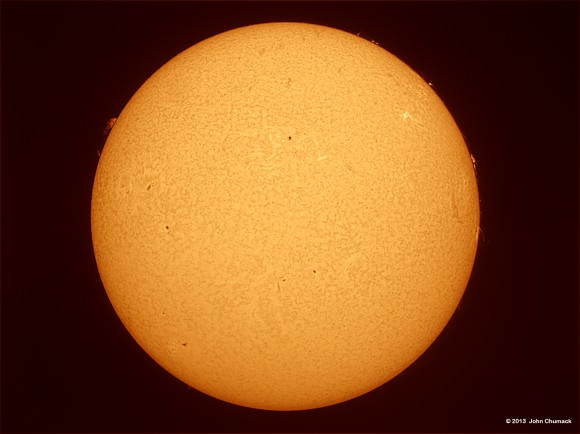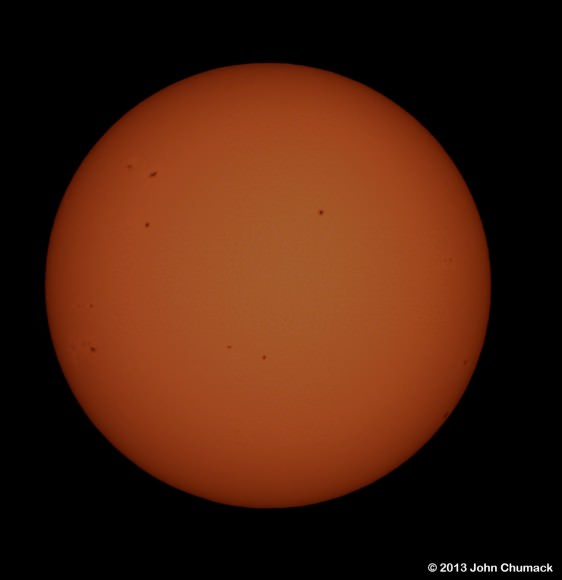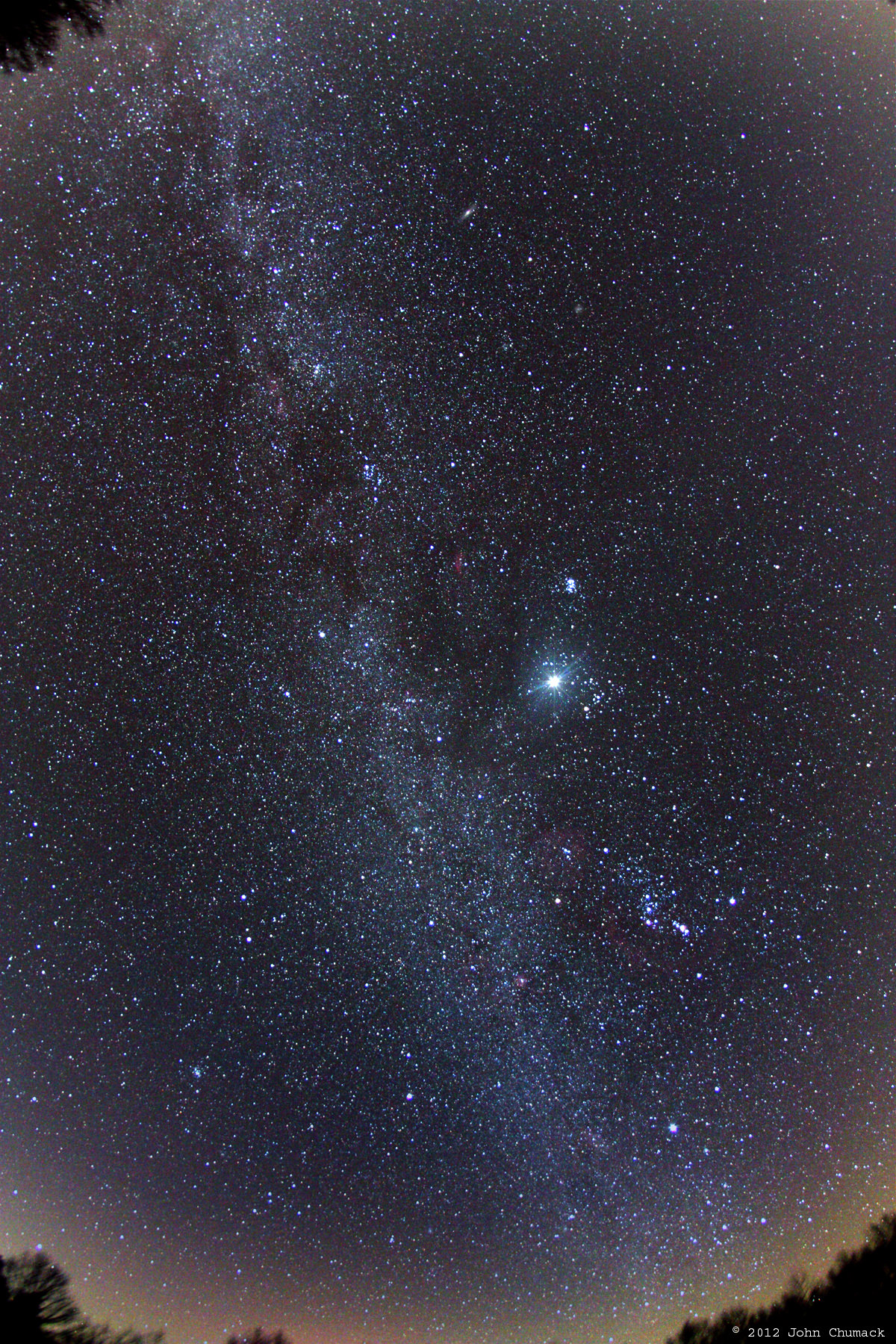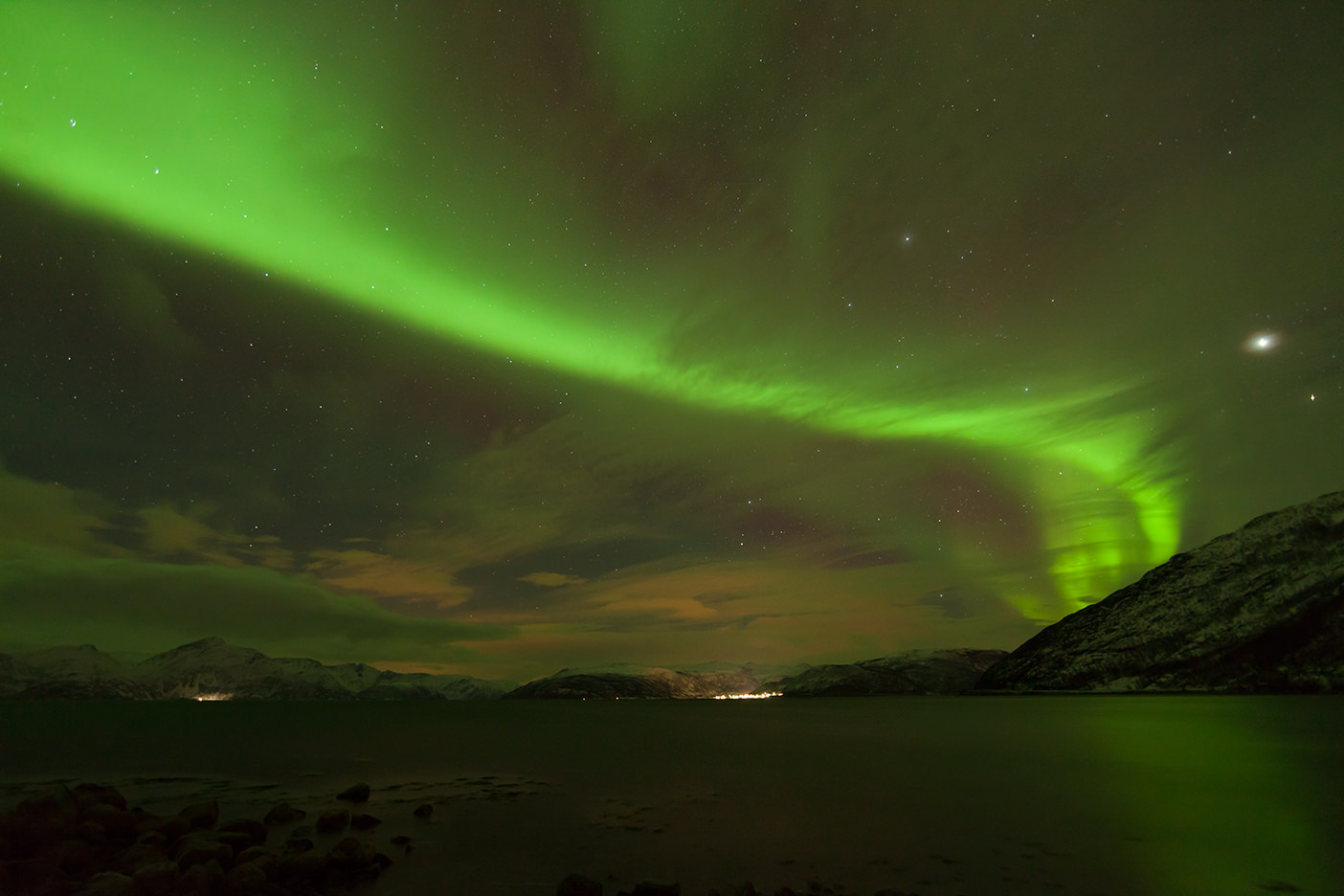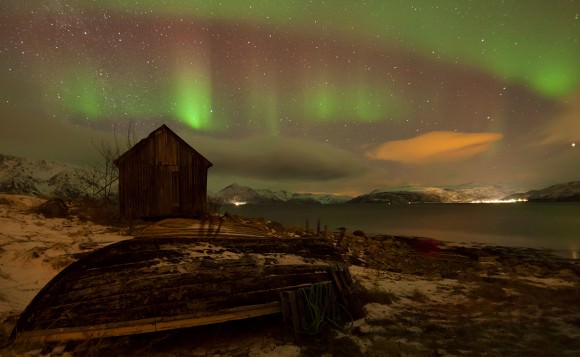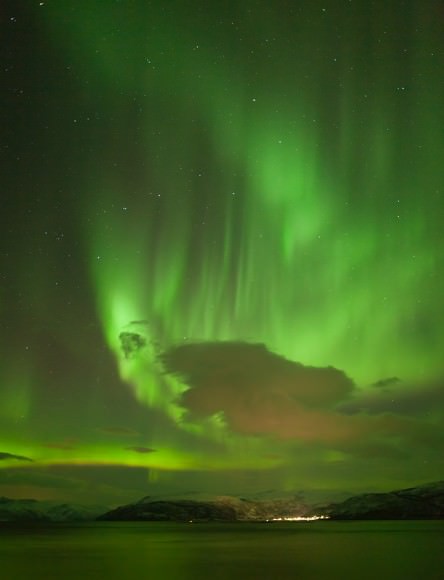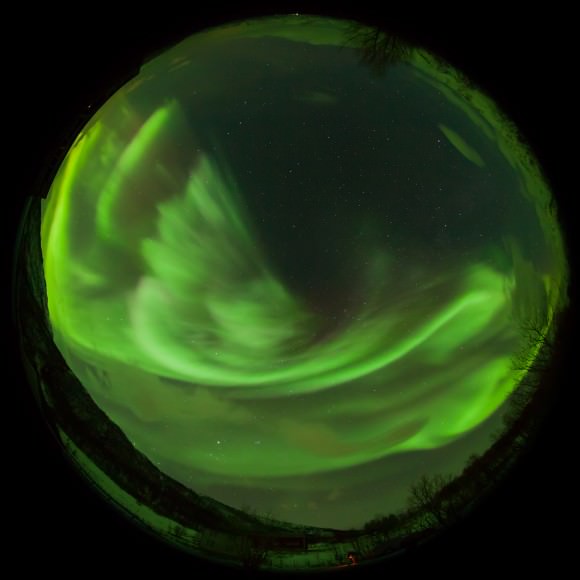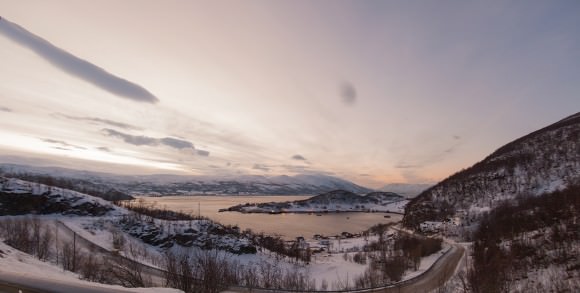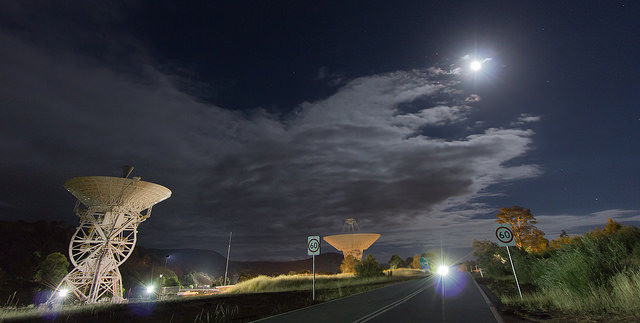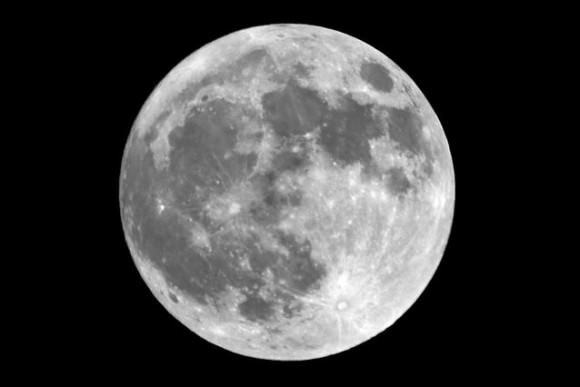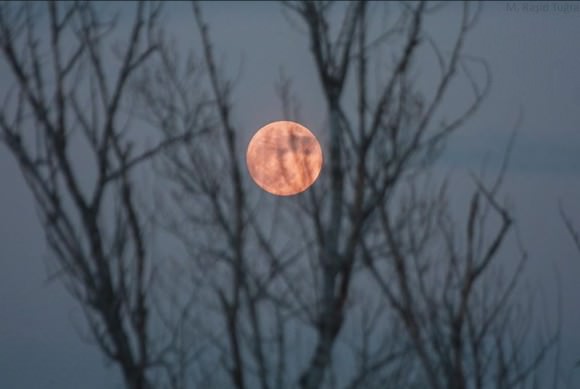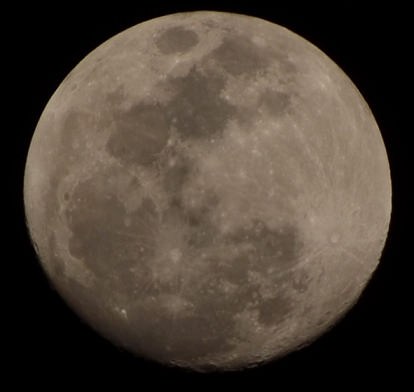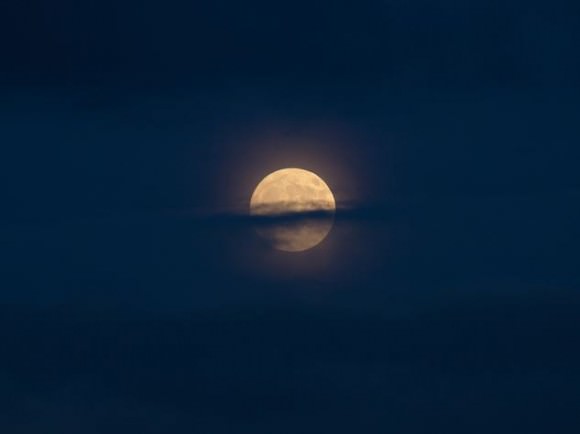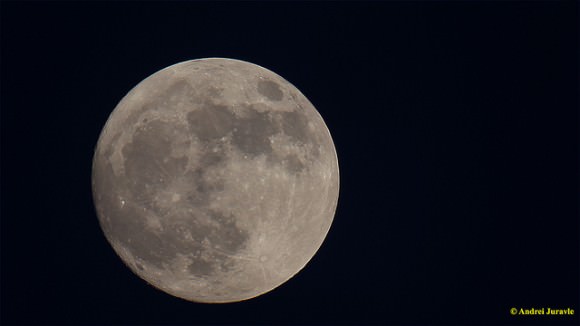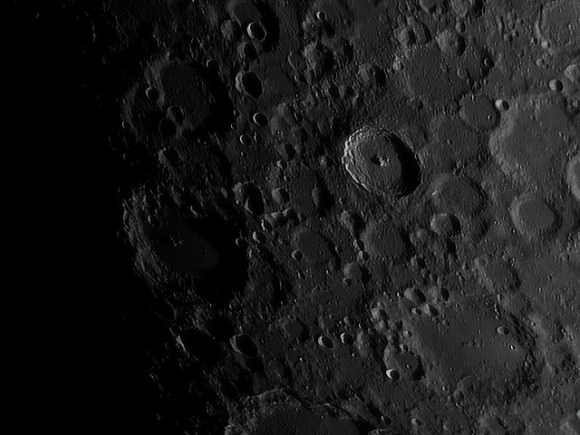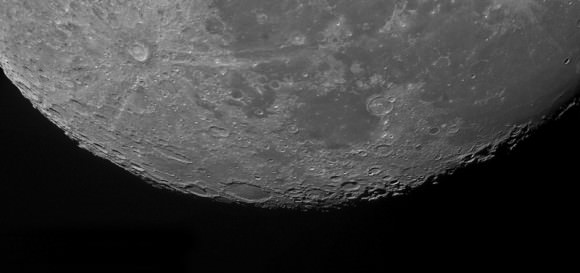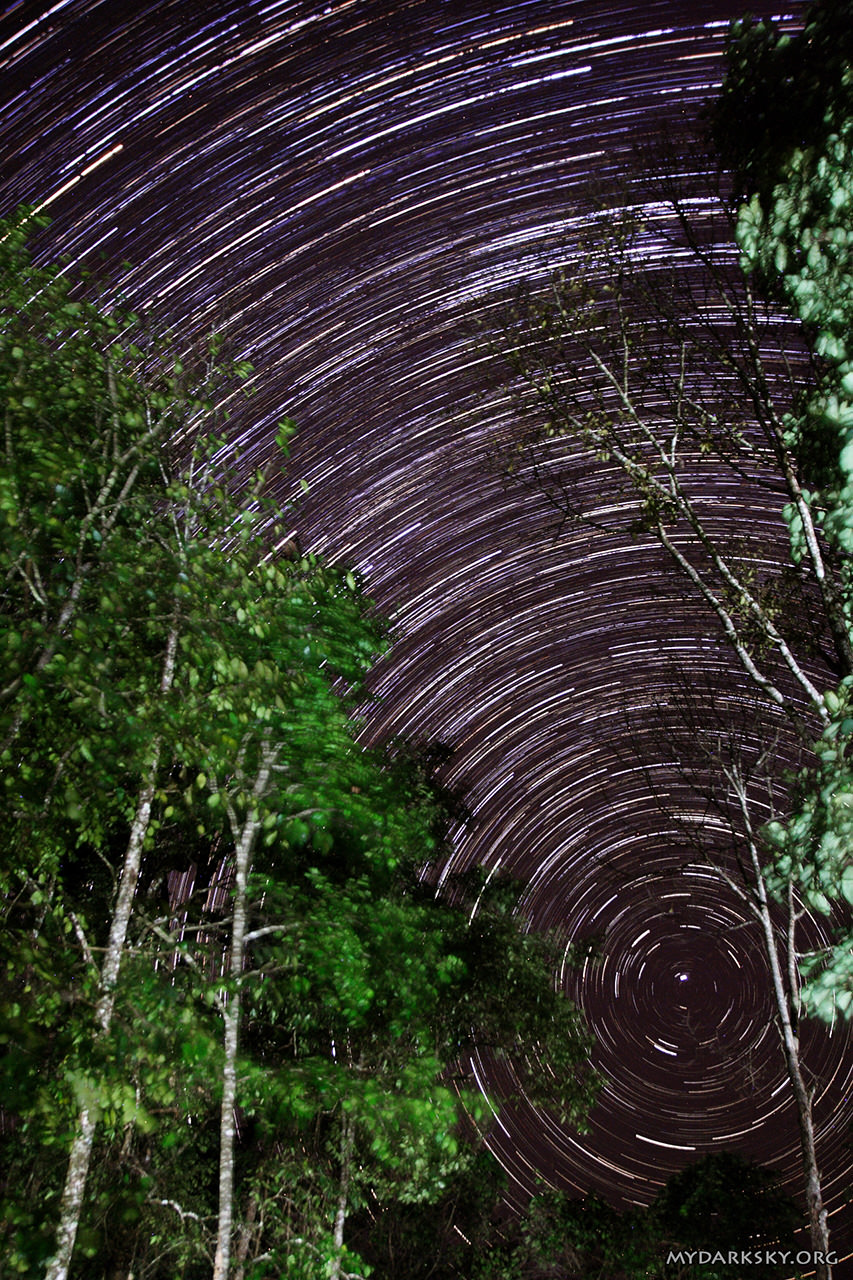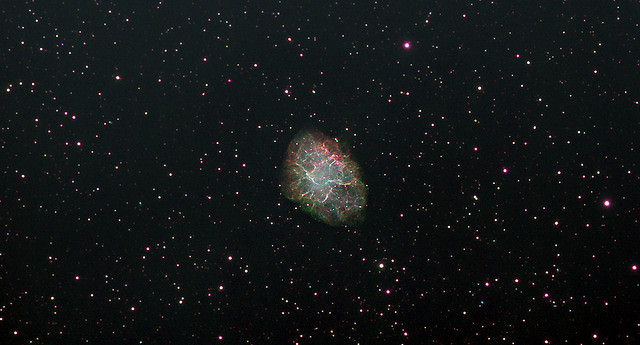To call Finnish astrophotographer J-P Metsävainio a magician is definitely not an exaggeration! Take a look at his latest handiwork, this amazing 3-D animation of Melotte 15 in the Heart Nebula, IC 1805.
Metsävainio has previously produced outstanding images in 3-D the usual way, with stereo pairs and anaglyphs, but his new experimental 3-D work is incredible!
He explained to Universe Today how he created this and other 3-D animations:
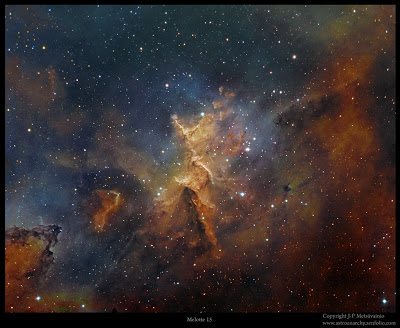
“My 3-D experiments are a mixture of science and an artistic impression,” he said via email. “I collect distance and other information before I do my 3-D conversion. Usually there are known stars, coursing the ionization, so I can place them at right relative distance. If I know a distance to the nebula, I can fine tune distances of the stars so, that right amount of stars are front and behind of the object.”
He uses a “rule of thumb” method for stars: brighter is closer, but if a real distance is known, he uses that. Many 3-D shapes can be figured out just by looking carefully the structures in nebula, such as dark nebulae must be at front of the emission nebulae in order to show up.
“The general structure of many star forming regions is very same,” Metsävainio explained. “In this image, there is a group of newly born young stars, as an open cluster inside of the nebula. The stellar wind from the stars is then blowing the gas away around the cluster and forming a kind of cavitation – or a hole — around it. The pillar-like formations in the nebula must point to a source of stellar wind, for the same reason.”
For just the observing alone, this image is forty-five 1,200 second exposures (that equals 15 hours!)
He compared his processing workflow to sculpting, and said the result is always an approximate reality.
“How accurate the final model is, depends how much I have known and guessed right,” he said. “The motivation to make those 3-D-studies is just to show, that objects in the images are not like paintings on the canvas but really three dimensional objects floating in the three dimensional space.”
Another reason he creates these time-intensive 3-D animations is because they are fun to do, in addition to the old adage of why we do anything: “Because I can,” he said.
“This generally adds a new dimension to my hobby as an astronomical imager — (Pun intended),” he said.
Here is a link to more of Metsävainio’s 3-D imagery and here is his portfolio website: http://astroanarchy.zenfolio.com/.
Use Red/Cyan 3-D glasses to see this great animation of the Moon.
Thanks to J-P Metsävainio for allowing us to share his images!

